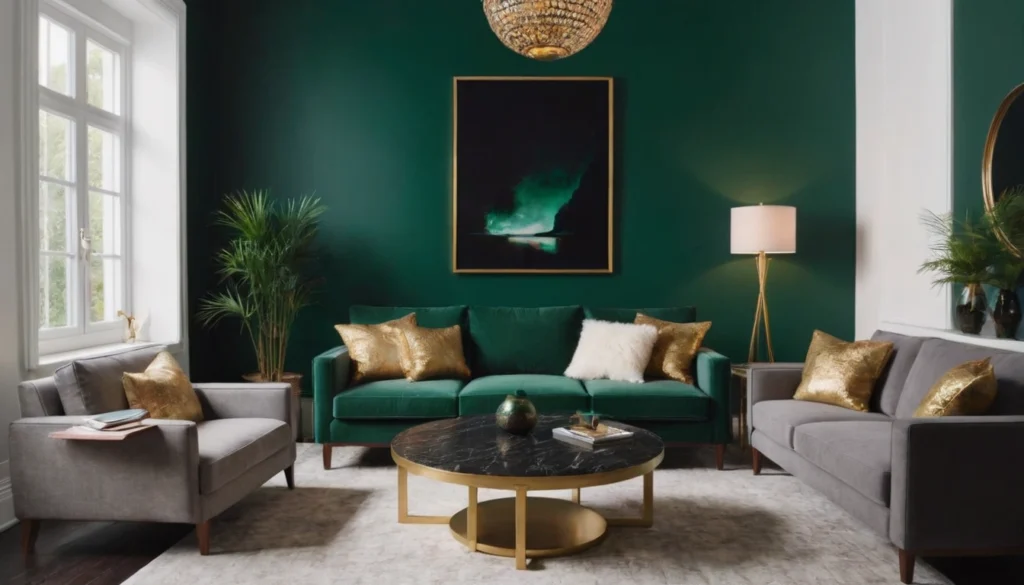Sherpa Accent Chair: 5 Luxe Amazon Picks That Feel Heavenly
Struggling to find the right accent chair? A sherpa accent chair offers plush comfort and chic style. Learn which Amazon picks stand out!
Sherpa Accent Chair: 5 Luxe Amazon Picks That Feel Heavenly Read Post »










